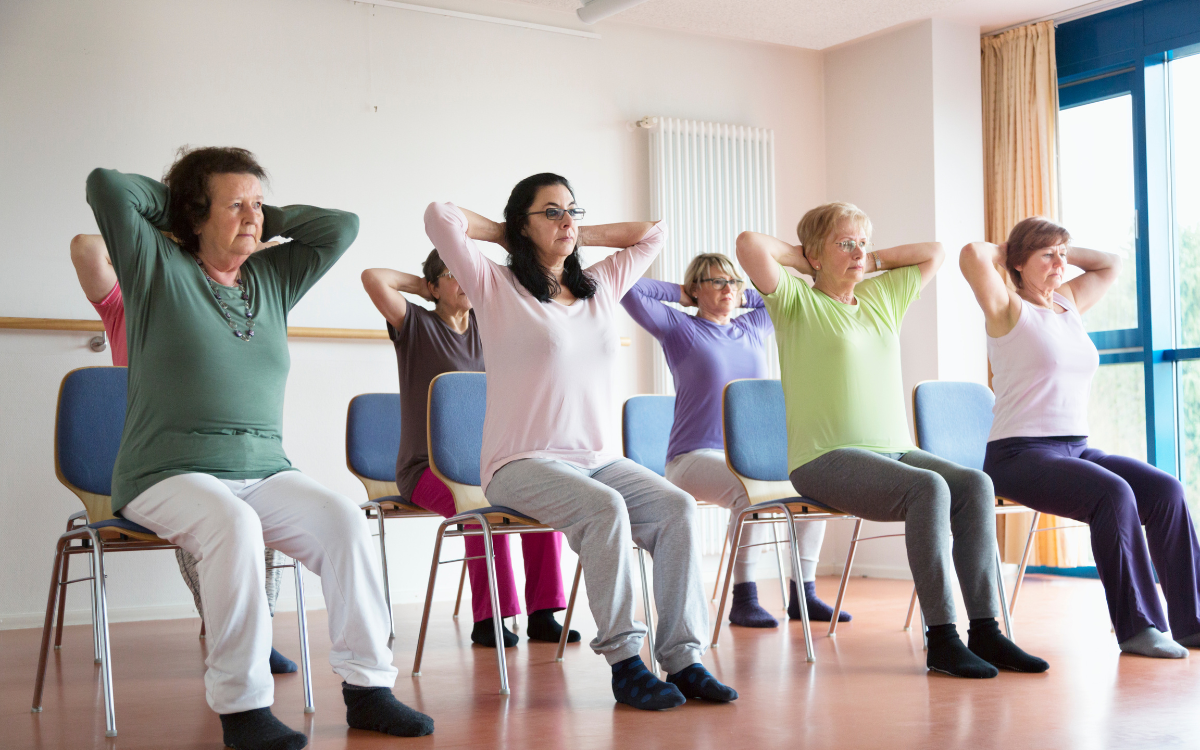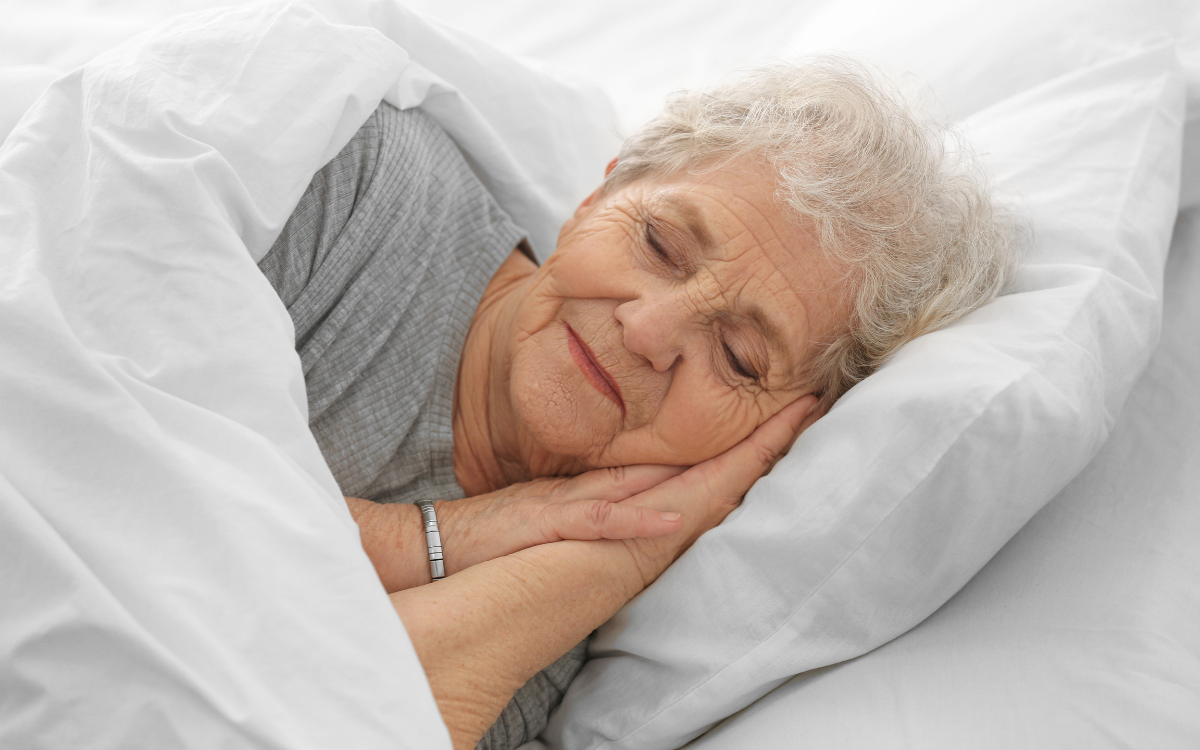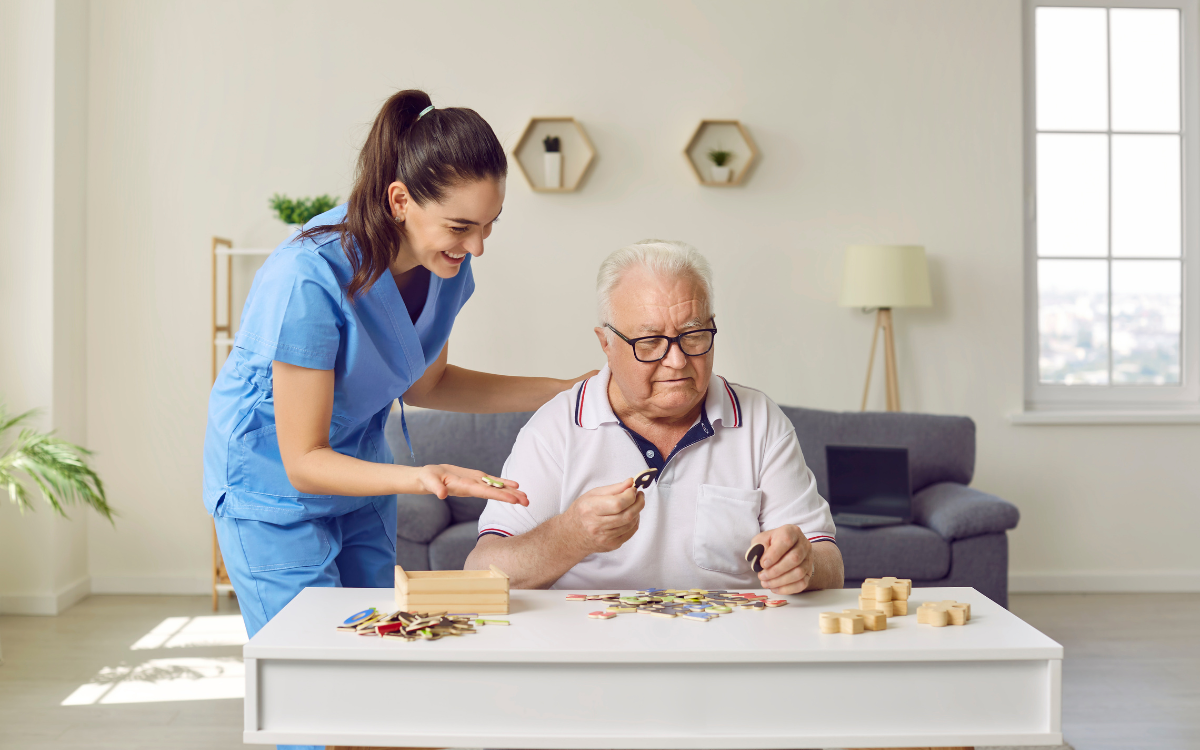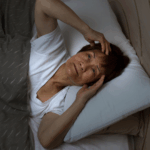Introduction
Living with Parkinson’s disease presents a unique set of challenges, both physically and emotionally.
While medication plays a crucial role in managing the condition, a holistic approach that incorporates various lifestyle adjustments and self-care strategies can significantly improve your health, well-being, and overall quality of life.
This comprehensive guide explores ten key ways individuals living with Parkinson’s disease can actively manage their symptoms, preserve physical function, and embrace a more fulfilling life.
1. Engage in Regular Physical Activity: Moving Your Body, Empowering Your Life
Research overwhelmingly suggests that regular exercise has a profound positive impact on both the motor and non-motor symptoms of Parkinson’s disease.
Physical activity isn’t just about maintaining mobility; it can actually help prevent or slow the progression of certain symptoms and improve overall strength and brain health.
There are core elements that should be included in a well-rounded exercise regimen for individuals with Parkinson’s:
- Aerobic Exercise: Activities that elevate your heart rate, such as brisk walking, swimming, or cycling, improve cardiovascular health and endurance.
- Strength Training: Exercises like lifting weights or using resistance bands help maintain muscle mass and strength, crucial for daily activities.
- Balance Exercises: Practices such as Tai Chi, yoga, and specific balance drills can significantly improve stability and reduce the risk of falls.
- Stretching and Flexibility: Activities like stretching exercises, yoga, or Pilates help maintain range of motion and reduce muscle stiffness.
The key is to find activities you enjoy and can consistently incorporate into your routine. Start slowly, listen to your body, and always consult with your healthcare professional or a physical therapist before beginning a new exercise program. Noticing how your body responds to different types of movement can also be a subtle way to assess changes in your condition.
Benefits of Exercise for Parkinson’s Patients:
- Maintains and improves mobility and balance.
- Helps manage stiffness and tremors.
- Boosts mood and energy levels.
- Makes everyday tasks easier to accomplish.
- Promotes overall physical and mental well-being.
Tips for Staying Motivated:
- Set small, achievable goals and celebrate your progress.
- Track your activity to visualize your accomplishments.
- Make exercise enjoyable by choosing activities you genuinely like.
- Join a class or exercise with a friend for social support and accountability.
2. Maintain a Balanced Diet: Nourishing Your Body and Mind from Within
A balanced and nutritious diet is an indispensable component of Parkinson’s disease self-care. It provides the essential building blocks for energy, supports muscle and bone health, and positively impacts both physical and mental well-being.
Research even suggests that a healthy diet, rich in fresh vegetables, olive oil, nuts, seeds, and coconut oil, may slow the progression of Parkinson’s disease and ease some symptoms.
Nutritional Needs Specific to Parkinson’s Disease:
- Fiber: Increase intake of fiber-rich foods like whole grains, fruits, vegetables, and legumes to help address constipation, a common symptom.
- Hydration: Drink at least six to eight cups of water or non-caffeinated fluids daily to support digestion and overall bodily functions.
- Calcium and Vitamin D: Ensure adequate intake through low-fat dairy, dark green vegetables, fortified foods, and fatty fish to maintain bone health.
- Protein: Consume healthy protein sources throughout the day, being mindful of potential interactions with certain Parkinson’s medications (discuss timing with your doctor).
- Antioxidants: Include plenty of fruits and vegetables rich in antioxidants to support cellular health.
Foods to Include and Avoid:
- Include: Whole grains, lean proteins, omega-3 fatty acids (found in fatty fish and flaxseeds), and a wide variety of colorful fruits and vegetables.
- Limit: Processed foods, excessive sugar, saturated fats, alcohol, and excessive caffeine. Reduce salt intake to support heart and brain health.
Meal Planning Tips:
- Plan your meals and snacks in advance to ensure you’re consuming nutritious foods.
- Prepare nutrient-dense, easy-to-chew and swallow foods.
- Use simple, manageable recipes to save time and energy.
- Consider keeping a food diary to track your intake and identify any patterns related to your symptoms or medication effectiveness. Pay attention to any digestion changes or unexplained weight loss and consult your doctor if needed.
3. Prioritize Mental Health: Nurturing Emotional Well-being During Parkinson’s
Mental health is a cornerstone of Parkinson’s disease self-care. Managing emotions like stress, anxiety, and depression is crucial for overall well-being and can significantly impact your ability to cope with physical symptoms and daily demands. Prioritizing mental health can improve focus, motivation, and ultimately, your quality of life.
Managing Stress and Anxiety:
- Practice relaxation techniques such as deep breathing exercises, meditation, or mindfulness.
- Establish a structured daily routine to provide a sense of predictability and control.
- Engage in enjoyable activities and hobbies to shift your focus and reduce mental strain.
Techniques for Emotional Well-Being:
- Stay connected with loved ones and express your feelings openly.
- Set achievable goals to foster a sense of accomplishment.
- Consider journaling to process your emotions and track your well-being.
- Engage in light physical activities to boost mood and reduce stress.
Seeking Professional Support:
- Don’t hesitate to reach out to mental health professionals for therapy or counseling if feelings of stress, anxiety, or depression persist.
- Join Parkinson’s disease support groups to connect with others who understand your experiences and share coping strategies.
4. Ensure Adequate Sleep: Restoring Your Body and Mind
Quality sleep is vital for managing energy levels and Parkinson’s disease symptoms. Disrupted sleep can exacerbate motor and non-motor symptoms, making daily activities more challenging. Establishing healthy sleep habits is a crucial aspect of self-care.
Common Sleep Issues in Parkinson’s Patients:
- Insomnia (difficulty falling or staying asleep).
- REM sleep behavior disorder (acting out dreams).
- Restless legs syndrome (uncomfortable sensations in the legs).
- Frequent nighttime awakenings.
Strategies for Improving Sleep Quality During Parkinson’s:
- Maintain a regular sleep schedule, going to bed and waking up around the same time each day.
- Avoid caffeine and alcohol, especially in the evening.
- Create a quiet, dark, and cool sleeping environment.
- Establish a relaxing bedtime routine, such as taking a warm bath, reading, or listening to calming music.
- Engage in gentle stretches or relaxation exercises before bed.
- Limit daytime naps, especially long or late-afternoon naps.
When to Consult a Sleep Specialist:
- Talk to your doctor if sleep problems persist, worsen, or significantly interfere with your daily life. They may recommend a sleep specialist for further evaluation and management.
5. Stay Socially Connected: Nurturing Relationships and Combating Isolation During Parkinson’s
Social interaction plays a powerful role in how individuals cope with Parkinson’s disease. Maintaining connections with friends and family, participating in community activities, or joining hobby groups can significantly reduce feelings of isolation and provide crucial emotional support.
Importance of Social Interaction:
- Provides a sense of connection and belonging.
- Lifts mood and offers fresh perspectives.
- Stimulates attention and memory.
- Strengthens neural networks and improves overall brain health.
Ways to Stay Connected with Friends and Family:
- Schedule regular calls or visits with loved ones.
- Meet for coffee, meals, or shared activities.
- Keep communication open about how you’re feeling and what you need.
Joining Support Groups:
- Connect with others who understand the challenges of living with Parkinson’s disease.
- Share experiences, learn coping strategies, and build a supportive community.
- Your healthcare professional can help you find local support groups, or you can search online resources.
6. Practice Mindfulness and Relaxation Techniques: Cultivating Inner Calm
Managing Parkinson’s isn’t solely about physical health; mental well-being is equally important. Stress and anxiety can often worsen symptoms. Practicing mindfulness and relaxation techniques can help bring a sense of calm, and control, and improve focus, mood, and overall quality of life.
Benefits of Mindfulness for Parkinson’s Patients:
- Helps you stay present in the moment, reducing worry about the future.
- Eases stress and anxiety, which can exacerbate symptoms.
- Improves focus and emotional balance.
- Promotes a greater sense of control over your thoughts and feelings.
Simple Relaxation Exercises:
- Deep Breathing: Inhale slowly through your nose, hold for a few seconds, and exhale slowly through your mouth. Repeat several times.2
- Progressive Muscle Relaxation: Tense and then release each muscle group in your body, starting from your toes and working your way up.3
- Quiet Time: Spend a few minutes each day in a quiet space, focusing on your breath or simply being present.
Incorporating Mindfulness into Daily Routine:
- Start your morning with a few deep breaths.
- Focus on your movements while walking or performing daily tasks.
- Take short breaks throughout the day to notice your surroundings and engage your senses.
7. Manage Medications Effectively: Partnering with Your Healthcare Team
Medications are a vital tool in managing Parkinson’s disease symptoms, helping to maintain motor function and regulate mood. Understanding your medication regimen and adhering to it consistently is crucial for effective symptom control.
Understanding Your Medication Regimen:
- Take the time to learn about each of your medications: what it does, when to take it, and potential side effects.
- Don’t hesitate to ask your doctor or pharmacist any questions you have about your medications.
Tips for Adherence and Managing Side Effects:
- Set reminders or use a pill organizer to help you stay on schedule.
- Pay close attention to any side effects you experience and keep a record of them.
- Communicate any concerns or new symptoms to your doctor; they may be able to adjust dosages or suggest alternative medications.
Communicating with Healthcare Providers:
- Maintain open and honest communication with your neurologist and other healthcare providers.
- Keep them updated on how you’re feeling, any changes in your symptoms, and any challenges you’re facing with your medications.
- Ask questions if anything is unclear; being an active participant in your care is essential.
8. Adapt Your Living Environment: Creating a Safe and Supportive Space
Making modifications to your home environment can significantly enhance safety, comfort, and independence for individuals living with Parkinson’s disease. The goal is to create a space that minimizes the risk of falls and makes daily tasks easier to manage.
Home Modifications for Safety and Comfort:
- Install grab bars in the bathroom near the toilet and shower.
- Add non-slip mats in the bathroom and kitchen.
- Remove loose rugs or clutter from walkways to prevent tripping hazards.
- Ensure good lighting in all rooms and stairways.
- Keep frequently used items within easy reach.
Assistive Devices to Consider:
- Use walking aids such as canes or walkers for added stability.
- Install handrails on stairs.
- Consider a raised toilet seat for easier transfers.
- Explore eating utensils with larger grips or button hooks for dressing if fine motor skills are affected.
- Consult with an occupational therapist for personalized recommendations on assistive devices.
Organizing Daily Activities:
- Establish a daily schedule, prioritizing essential tasks.
- Allow extra time to complete activities without feeling rushed.
- Keep commonly used items in specific, easy-to-remember places.
- Utilize tools like planners or reminders to stay organized and reduce stress.
9. Engage in Cognitive Activities: Keeping Your Mind Sharp and Active During Parkinson’s
Keeping your brain actively engaged is an important aspect of overall well-being for individuals with Parkinson’s disease. Mental stimulation can help maintain focus, memory, and cognitive function, and can also provide a sense of purpose and enjoyment.
Importance of Mental Stimulation:
- Helps slow potential cognitive decline.
- Keeps your mind sharp and engaged.
- Makes it easier to handle daily problem-solving and planning tasks.
- Boosts confidence and provides a sense of accomplishment.
Suggested Cognitive Exercises:
- Try puzzles such as crosswords, Sudoku, or jigsaw puzzles.
- Play memory games or brain-training apps.
- Learn a new skill, such as a language or a musical instrument.
- Read books, articles, or engage in writing.
- Play board games or card games with friends and family.
- Engage in hobbies that challenge your thinking.
Incorporating Cognitive Activities into Daily Life:
- Dedicate specific time slots for cognitive exercises.
- Integrate mental stimulation into your daily routine, such as reading during breaks or solving a puzzle with your morning coffee.
- Engage in conversations that challenge your thinking and expand your knowledge.
10. Explore Complementary Therapies: Integrating Holistic Approaches
In addition to traditional medical treatments and lifestyle adjustments, many individuals with Parkinson’s disease find benefit in exploring complementary therapies. These approaches, used alongside conventional care, can help manage specific symptoms, promote relaxation, and enhance overall well-being.
Overview of Complementary Therapies:
- Yoga: Can improve flexibility, balance, strength, and potentially mood and sleep. Adapted yoga classes for movement disorders are particularly beneficial.
- Tai Chi: Promotes balance, coordination, and stability, showing measurable improvements in individuals with moderate Parkinson’s.
- Massage Therapy: May provide temporary relief from muscle rigidity and resting tremor, and can also induce relaxation and improve sleep.
- Movement Therapies (e.g., Alexander Technique, Feldenkrais Method): Focus on posture, balance, and retraining the body for easier movement, potentially helping maintain mobility.
- Acupuncture: Some individuals report relief from fatigue and poor sleep with acupuncture, although human studies on neuroprotective effects are still limited.
- Nutritional Supplements: While some supplements like Co-Q10 haven’t shown consistent benefits in studies, calcium supplementation may be important due to dietary adjustments related to medication absorption. Always consult your doctor before starting any new supplement and never stop taking your prescribed medications.
Evaluating the Benefits and Risks:
- Discuss any complementary therapies you are considering with your doctor to ensure they are safe and appropriate for your individual situation.
- Research practitioners and methods to ensure they are reputable and evidence-based where possible.
- Keep track of how you feel after trying a new therapy to determine if it is providing any benefit.
Integrating Therapies into Your Care Plan:
- Complementary therapies should be viewed as an adjunct to your regular healthcare plan, not a replacement.
- Openly discuss your interest in these therapies with your healthcare provider to ensure a coordinated and safe approach to your care.
Conclusion: Embracing a Proactive Approach to Living Well with Parkinson’s Disease
Managing Parkinson’s disease effectively involves a multifaceted approach that extends beyond medication.
By actively incorporating regular exercise, a balanced diet, mental health strategies, quality sleep habits, social engagement, mindfulness, effective medication management, environmental adaptations, cognitive stimulation, and exploring complementary therapies, individuals living with Parkinson’s can take a proactive role in managing their symptoms, maintaining their independence, and enhancing their overall quality of life.
Remember that self-care is not a luxury but a necessity in navigating the challenges of Parkinson’s disease and embracing a dignified and fulfilling life.
Join the Light in the Fight Against Parkinson’s
Living with Parkinson’s Disease (PD) can be challenging. While medications and surgeries offer some relief, many individuals still face significant non-motor symptoms.
PhotoPharmics is pioneering a non-invasive approach to address these challenges. Our Light for PD clinical trial is seeking participants to evaluate the effectiveness of the Celeste therapeutic light device.
This six-month, at-home study is designed for people aged 45 and older with a Parkinson’s diagnosis and offers up to $500 for full participation.
By joining this clinical trial, you could help revolutionize care while exploring a therapy that might enhance your own well-being.
Check your eligibility today—let’s brighten the future together!













